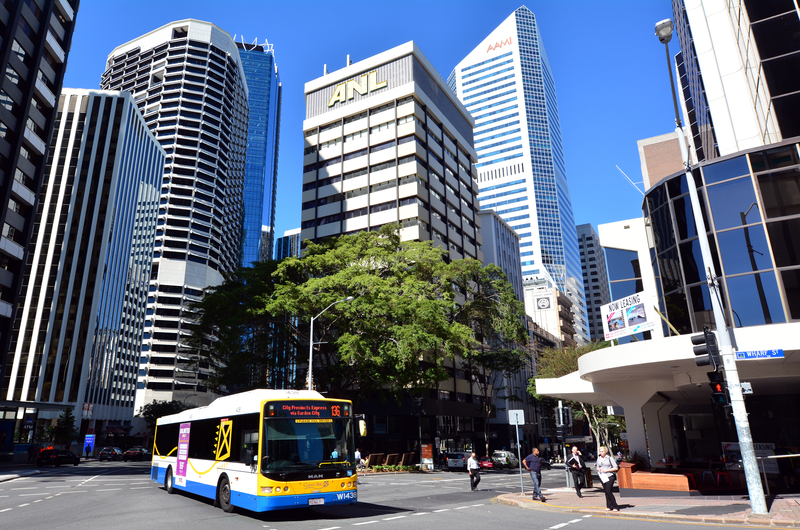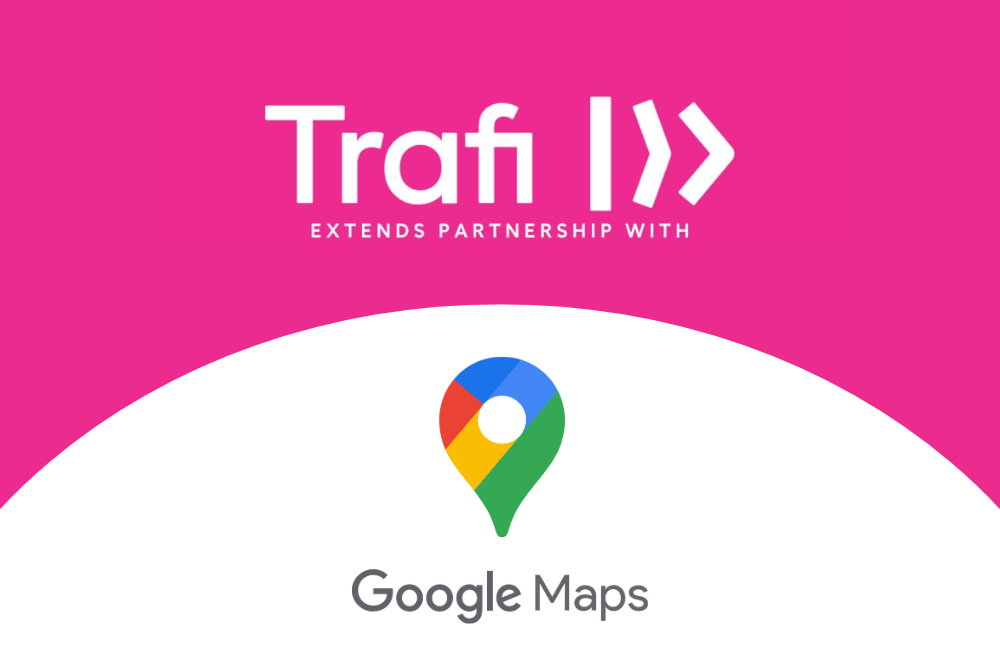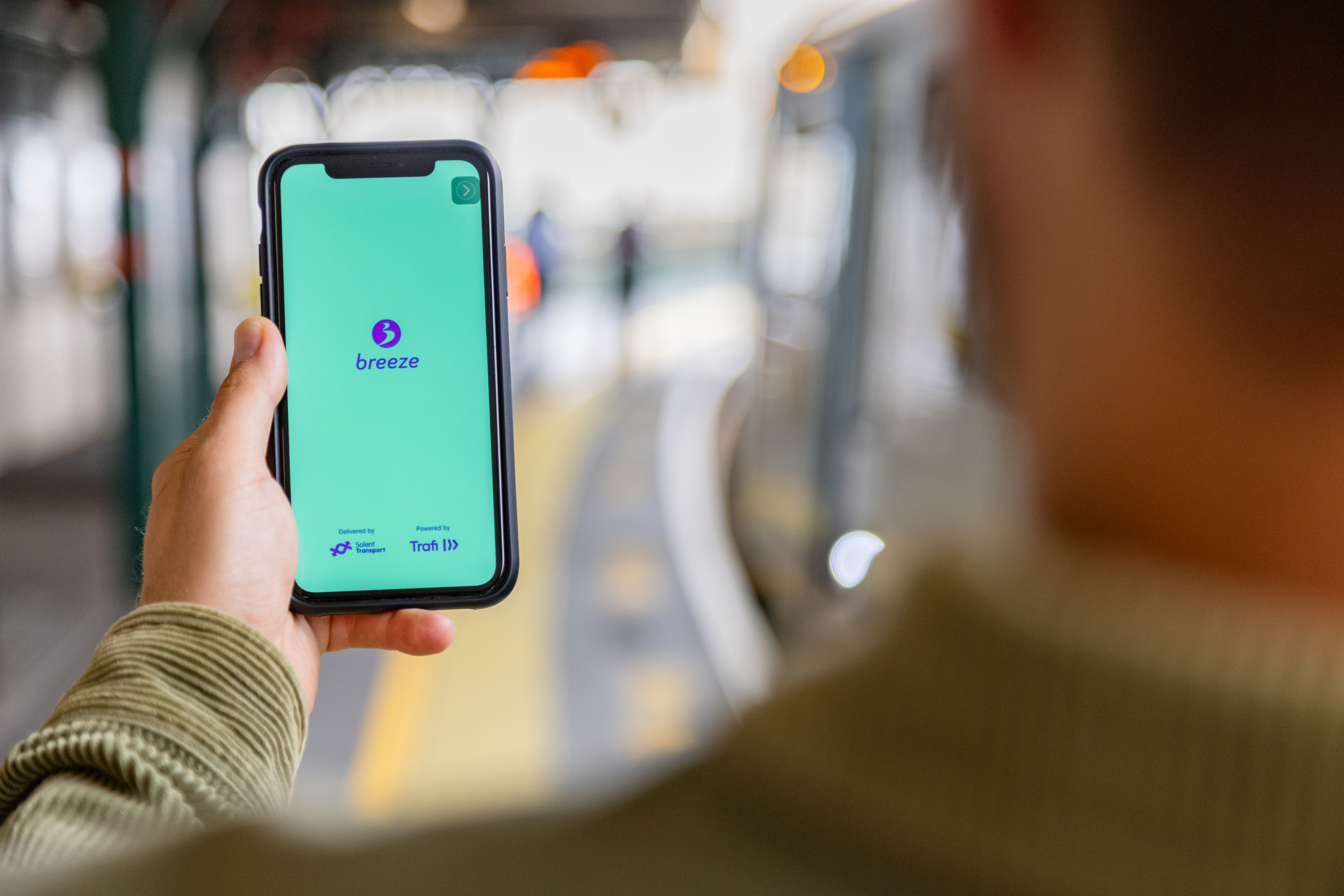How MaaS can help governments and local transport authorities meet the UN’s Sustainable Development Goals

Governments and local transport authorities across the globe are striving to meet the United Nations’ Sustainable Development Goals (SDG). The 17 SDG consist of 169 targets and corresponding indicators, which together form a roadmap for sustainable development by 2030. They represent a blueprint for action to end poverty, fight inequality, tackle climate change and protect our planet.
Transport is directly linked to several of these targets including SDG 11, on sustainable cities and communities, which notes that public transport is accessible to only half of the world’s urban population. For SD3 on health, SDG 7 on energy and SDG12 on sustainable consumption and production, transport also comes into play when considering the impact of fossil fuels on our global society.
The role of multimodal MaaS
Mobility as a Service (MaaS) provides a valuable tool to help meet these targets and reduce carbon emissions and congestion in cities worldwide. It provides an important framework upon which to shape future mobility options that are smarter, more connected – and sustainable.
A key feature of MaaS is its ability to support universal access within cities with public transit as the backbone of a multimodal ecosystem – one which includes low-emission shared transport and active travel as standard. A recent study found that MaaS could potentially reduce emission levels by 14-19%, based on a balanced scenario. Clearly, many factors may come into play, including the importance of ensuring that we take a user-centric perspective to meet the wider needs of travellers.
Research in Metro Manila highlighted that 84% of respondents were interested in MaaS (90% already had transport apps on their smartphones). Reliability and cost reduction were the main reasons cited, but the research also found evidence that MaaS could support a more sustainable transport system by making public transit more attractive. Likewise, research from the Sydney MaaS Trial 2019-2020 highlighted that MaaS could increase the use of public transport and potentially decrease private vehicle trips.
From private car to sustainable mobility
One way to do this is to make the process of moving from A to B as frictionless as possible. By integrating all the different facets of travel, such as planning, booking, payment and trip management, with every mode of transport and active travel, consumers have more flexibility and choice. Easy, accessible and affordable public transport and sustainable first/last mile options can all help to make the car less appealing.
In fact, it is encouraging to see a strong rebound in the numbers returning to rail service in Europe post-Covid. This shows the appetite is there. MaaS can allow cities to leverage the wider transport network and offer incentives to entice more users towards sustainable mobility.
As users experience the advantages, find mobility options they were previously unaware of and their trust in the service grows, they are more likely to make behavioural changes that result in fewer trips in single-occupancy vehicles. This benefits citizens, society and the environment in terms of reduced air pollution and congestion. It could also help to improve public health and wellbeing too through active travel.
Influencing healthy travel choices
Integration of societal goals has been widely viewed as the “holy grail” of MaaS, often referred to as Level 4 of a MaaS typology. One example of this in action is Leicester City Council’s ‘Choose How You Move’ initiative, run on MaaS Alliance member SkedGo’s technology, to promote sustainable travel. The website and apps offer a trip planner so residents and visitors can explore how they can make their journeys using modes such as public transport, e-bikes, cycling and walking. This helps them to better visualise their trips and understand the many benefits of their decisions.
A second local example comes from the City of Torino, where a Level 4 MaaS pilot has been recently coordinated by MaaS Alliance member 5T. The pilot involved 100 families giving up or scrapping their owned car and receiving in return from the local administration a 12-months “mobility package” to travel around the city with a variety of transport and mobility services. The results showed that on average 100 families choosing regularly multimodal MaaS services instead of using their own car might reduce carbon emissions up to around 40 tons of CO2 per year (considering 100 users travelling with multimodal MaaS services an average of 14km/day over a year, we can estimate CO2 reduction up to 42 tons compared to travelling by gasoline cars and up to 27 tons compared to travelling by diesel cars).
Another initiative in this space recently launched: WheelCoin, which aims to use crypto, NFTs and gamification to nudge more sustainable mobility from users. In the past year, the concept of Move2Earn (M2E) has emerged and gained widespread adoption from crypto users and novices alike. While all other M2E projects focus on gamifying and rewarding walking, running or exercise, WheelCoin is the first to reward users for low carbon mobility. In the beta, the app detects the users movements and rewards them for walking, biking, taking a train and public transit. Later, the Internet of Mobility network (from Iomob) will be added to WheelCoin allowing users to discover, route, book and pay for green mobility services and be rewarded with WheelCoin tokens.
By providing the tools to empower travellers, we can help them better understand the environmental cost of their transport choices. Journey planning apps can present CO2 emissions for each leg of their journey, allowing conscious decisions on where to reduce energy consumption and overall carbon footprint. At the same time, this helps governments and transport authorities to play their part in meeting the SDG through citizen engagement.
In many cities, MaaS could enable significant improvements in the way we travel with better connectivity between different modes, reduced travel times and greater convenience – while providing alternative options to the car. In this respect, it could contribute to supporting the targets laid out by the United Nations and help to make our communities more liveable, sustainable, and inclusive – no matter where we are in the world.
Source: SkedGo



